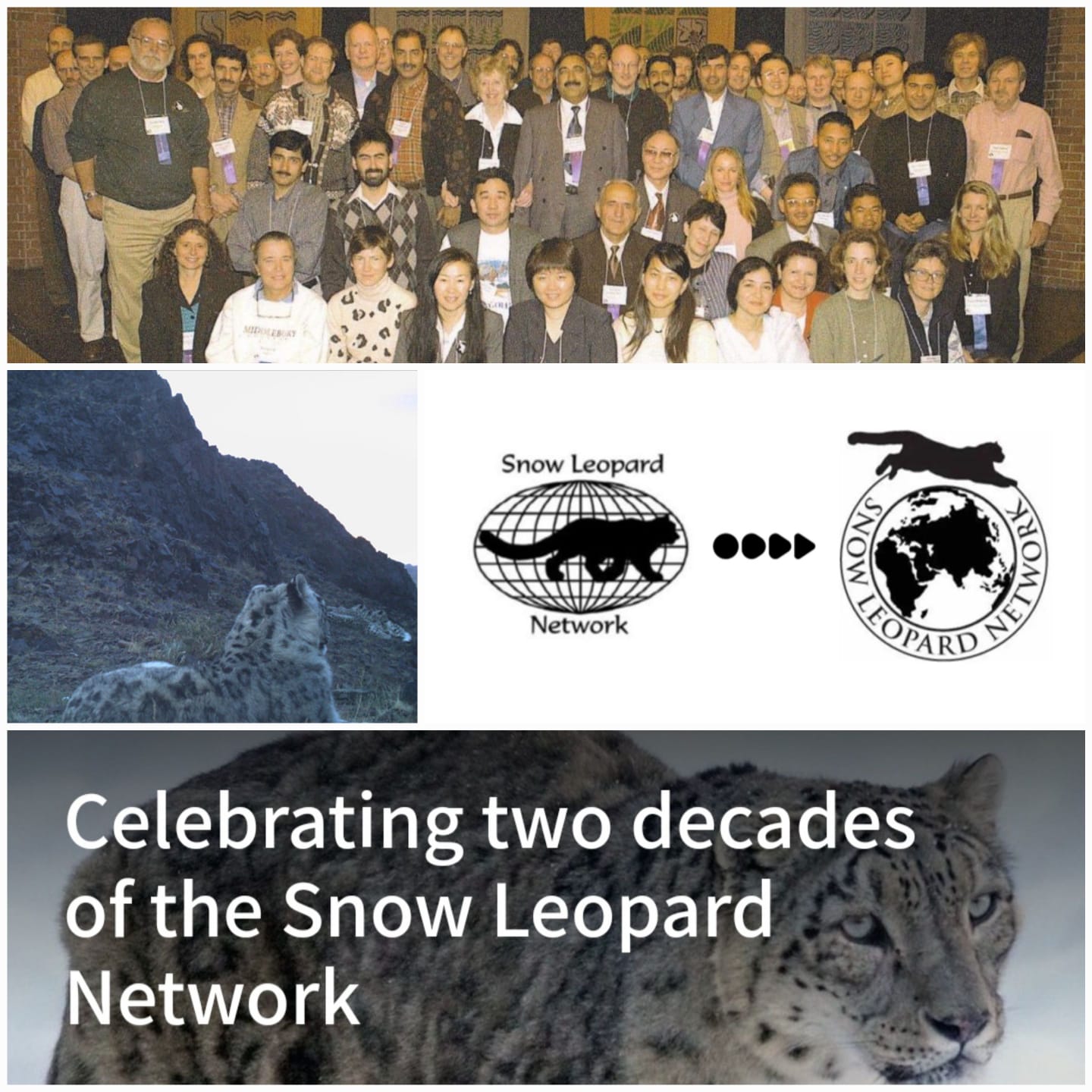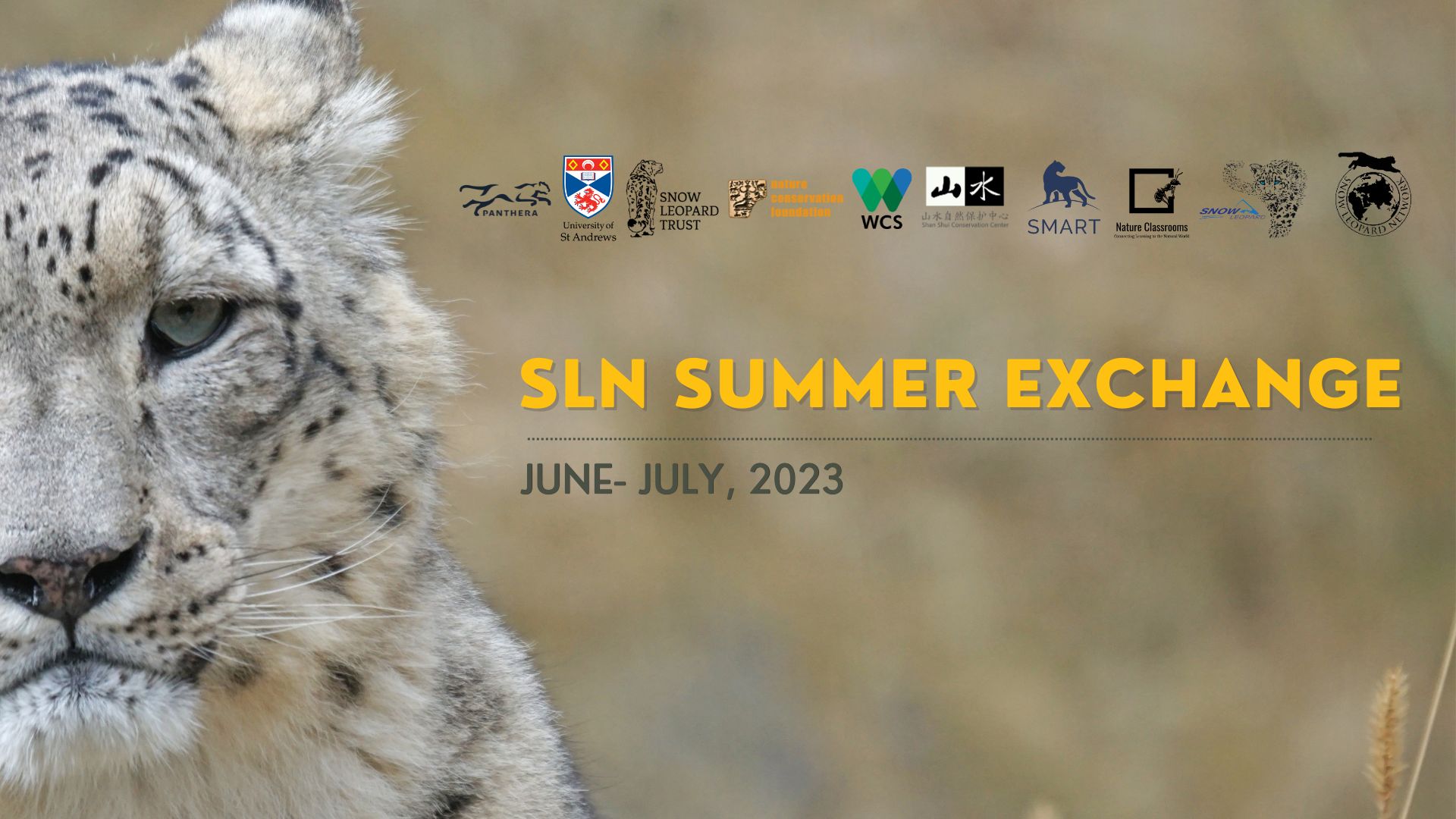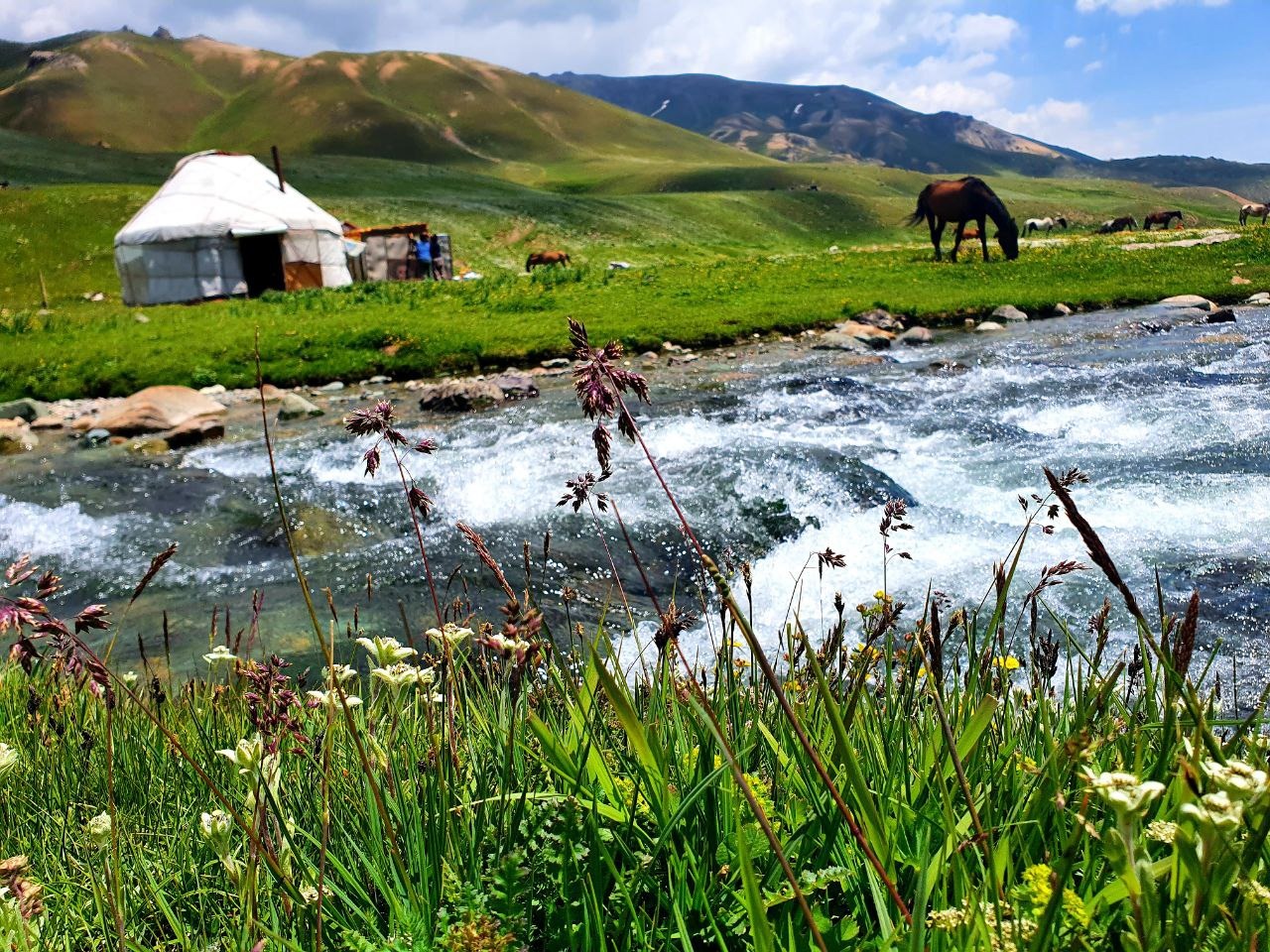
Please find details below of a new article added to our Bibliography:
Title: Capturing environmental DNA in snow tracks of polar bear, Eurasian lynx and snow leopard towards individual identification
Author: Hellstrom, M., Kruger, E., Naslund, J., Bisther, M., Edlund, A., Hernvall, P., Birgersson, V., Augusto, R., Lancaster, M. L.
Abstract: Polar bears (Ursus maritimus), Eurasian lynx (Lynx lynx) and snow leopards (Panthera uncia) are elusive large carnivores inhabiting snow-covered and remote areas. Their effective conservation and management are challenged by inadequate population information, necessitating development of novel data collection methods. Environmental DNA (eDNA) from snow tracks (footprints in snow) has identified species based on mitochondrial DNA, yet its utility for individual-based analyses remains unsolved due to challenges accessing the nuclear genome. We present a protocol for capturing nuclear eDNA from polar bear, Eurasian lynx and snow leopard snow tracks and verify it through genotyping at a selection of microsatellite markers. We successfully retrieved nuclear eDNA from 87.5% (21/24) of wild polar bear snow tracks, 59.1% (26/44) of wild Eurasian lynx snow tracks, and the single snow leopard sampled. We genotyped over half of all wild polar bear samples (54.2%, 13/24) at five loci, and 11% (9/44) of wild lynx samples and the snow leopard at three loci. Genotyping success from Eurasian lynx snow tracks increased to 24% when tracks were collected by trained rather than untrained personnel. Thirteen wild polar bear samples comprised 11 unique genotypes and two identical genotypes; likely representing 12 individual bears, one of which was sampled twice. Snow tracks show promise for use alongside other non-invasive and conventional methods as a reliable source of nuclear DNA for genetic mark-recapture of elusive and threatened mammals. The detailed protocol we present has utility for broadening end user groups and engaging Indigenous and local communities in species monitoring.









 Welcome to the SLN Summer Exchange 2023 – A training initiative by the Snow Leopard Network.
Welcome to the SLN Summer Exchange 2023 – A training initiative by the Snow Leopard Network.

